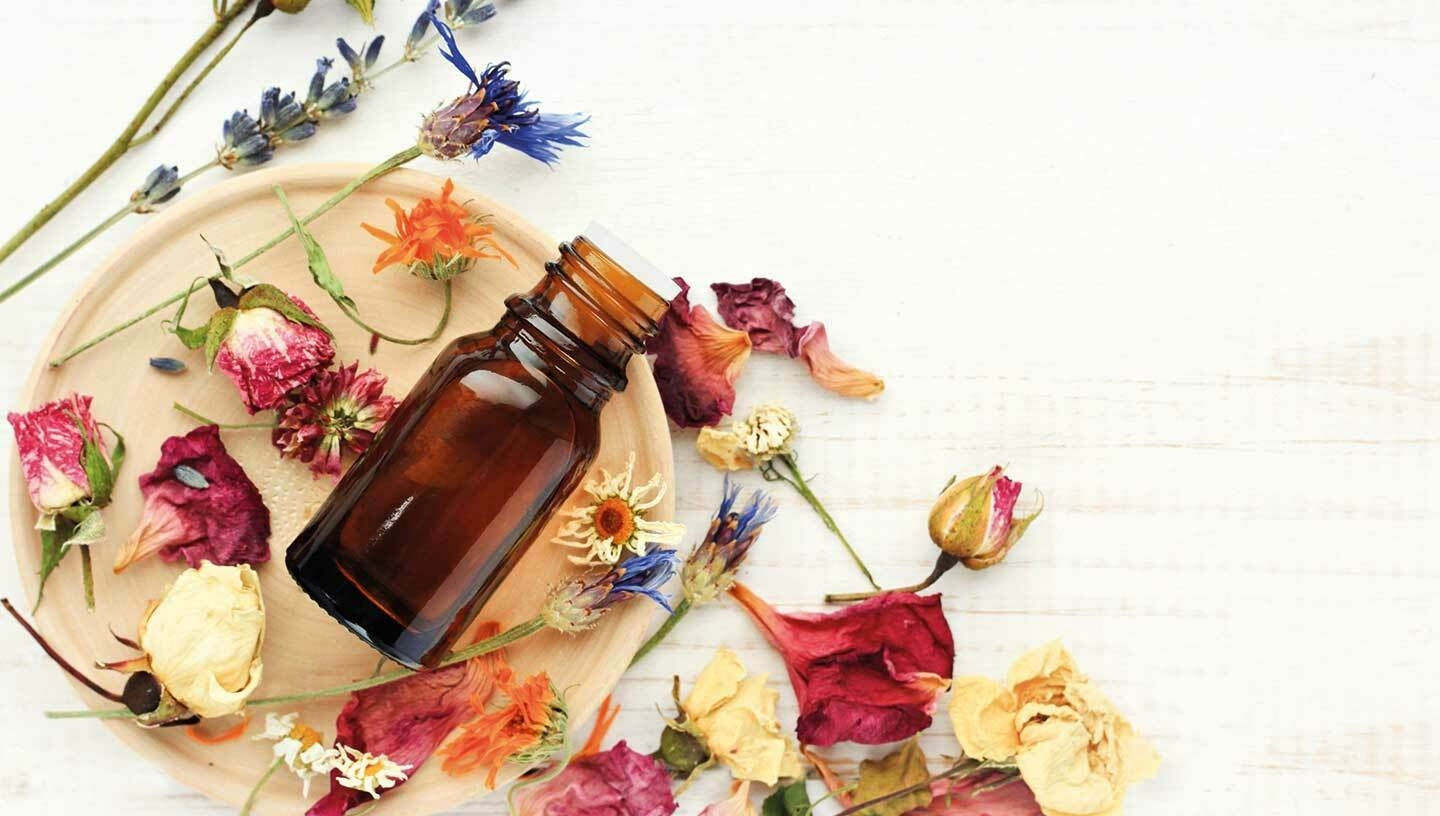The word Ayurveda comes from the Sanskrit word ‘ayur’ meaning life and ‘veda’ meaning to know - 'the science of life'. It is a philosophical and spiritual health tradition that has been practised in India for at least 5,000 years, and is still part of their healthcare system today.
A holistic approach, with the focus on preventative health through lifestyle, exercise, treatments and nutrition, its ideas have been absorbed by our wellness industry in the West.
In spas, you can experience blissfully relaxing or energising Ayurveda-based treatments, such as four-handed massages and head massages, or enjoy healthy Ayurveda-inspired dishes. If you want to join the rich and famous on an Ayurvedic retreat, be prepared to live simply rather than luxuriously, with strict diets, challenging health drinks, yoga and spiritual practices such as meditation.

The teachings of Ayurveda are believed to have been passed from the gods to sages, seers and teachers in hymn form 10,000 years ago, then spread from generation to generation of physicians in the Indian subcontinent. Ayurveda flourished in the Vedic period (1500 to 600 BC) and Buddha (550 BC) was a follower. It is said that Ayurveda influenced Western medicine when Alexander the Great took Indian doctors back to Greece with him.
Ayurveda went into decline after the invasion of the Muslims which began around the 8th century. In 1947, when India gained its independence from British rule, Ayurveda saw a revival. It is now recognised as a complementary medicine, although there is no criterion training or regulation of Ayurvedic practitioners, and research around it is largely considered pseudoscientific.
Ayurvedic theory is based on three mind/ body types or doshas, each a dynamic system of personality, energy, attitude, and lifestyle choices, as well as physical and emotional strengths and weaknesses. Your Ayurvedic practitioner will determine your dosha type – most people have one predominant – and prescribe lifestyle and diet routines that will keep you happy, healthy and balanced.

Slender, lively Vata types are active, busy and creative. When in balance, they are inspired and energetic, full of joy and enthusiasm. When out of balance they can be anxious, impulsive and prone to burn-out.
Diet: The key is warming up and slowing down, so slow-cooked food, warming herbs such as cinnamon, cloves and ginger. Choose meals that are nourishing and easy to digest. Berries, fruits, rice, nuts and dairy products are good for pacifying Vatas.
Lifestyle: Maintain regular habits and routines, get plenty of rest and sleep, play soothing music and favour warm colours. Exercise intensity should be moderate, so go for meditative yoga, Tai Chi, walking and swimming.

Fiery Pitta types are entrepreneurial, smart and organised, but can be domineering and touchy. Body type is medium sized, with fair skin. When all is harmonious, Pittas feel content, orderly and focused. When off kilter, they are prone to tantrums.
Diet: Stress and fiery temperaments can lead to upset stomachs. Avoid spicy foods, alcohol, tobacco and fried food. Eat fresh green and orange vegetables, and watery, sweet fruits.
Lifestyle: Moderation is key. Aim to achieve a good work/life balance. Go easy on yourself and others and find time to meditate. Wear cool colours and connect with nature, either through walking, gardening or keeping indoor plants.

Easy-going, sensual Kapha types are compassionate and relaxed, if a tad possessive and lazy. Body type is hourglass, usually with large, soft eyes and a low, gentle voice. When the energies are aligned, Kapha types feel peace, love and stability. Out of balance, they can be insecure, jealous and take longer to cool right down.
Diet: Go for spicy and light dishes instead of sweet or oily ones to kickstart your sluggish energies. Drink ginger and lemon tea, and use lots of spices with heat when you cook, such as black pepper, ginger, cumin and chilli.
Lifestyle: Be more active, give yourself plenty of challenges and new experiences. Use warm scents, and surround yourself with yellows, oranges and reds.
Marma Points were traditionally called bindu, and each opens a channel to the body’s biochemistry. The focus of a marma point massage is to manipulate subtle energy or ‘prana’ to boost circulation, promote lymph flow and soothe muscles. There are said to be 107 marma points on the body.
Chakras are wheels of energy located on specific areas of the body. Yogic practises, meditation and treatments in Ayurveda aim to keep the chakras open or unblocked.
The Chakras of Matter
Crown (purple): The Sahasrara, 7th Chakra, enlightenment
Third Eye (dark blue): The Ajna, 6th Chakra, intuition
Throat (light blue): The Vishuddha, 5th Chakra, verbal expression
Heart (green): Anahata, 4th Chakra, love and connection
Solar Plexus (yellow): The Manipura, 3rd Chakra, personal power
Sacral (orange): The Svadhisthana, 2nd Chakra, sexuality and creativity
Root (red): The Muladhara, 1st Chakra, stability and security

Savant Spy
21st August 2018
Spy Likes:
Clever, inspiring design, sublime views, a vast, clean and empty pool, solitary relaxation areas to read, write or commune with my muse.
Spy Dislikes:
Small talk, discussions about spirituality or astrology, any products containing tea tree oil or aloe (sadly am allergic), busy pools where you can’t do laps.
